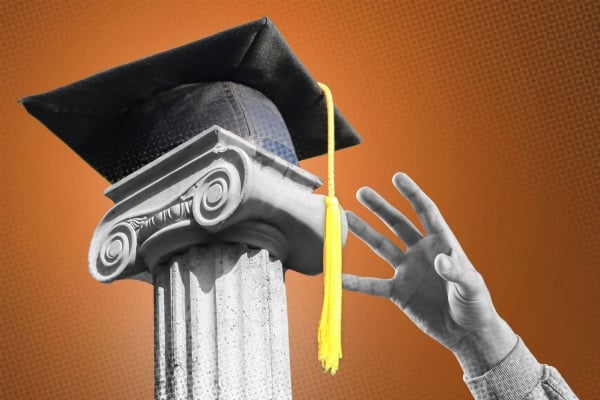There exists a vast, untapped pool of students who have dropped out of school or taken a break from their education for various reasons. These students are often referred to as “stopped-out” students, and they represent a significant portion of the population that is not currently engaged in formal education. Despite their potential and abilities, these students face a number of challenges that prevent them from returning to school and completing their education.
One of the main reasons why students become stopped-out is financial. Many students come from low-income backgrounds and cannot afford to continue their education without taking on significant amounts of debt. Additionally, some students may have to prioritize work or family responsibilities over their education, making it difficult for them to remain enrolled in school. As a result, many stopped-out students find themselves unable to complete their degrees and are left with limited job opportunities and earning potential.
Another common reason why students become stopped-out is academic issues. Some students may struggle with the rigorous demands of higher education, leading them to drop out or take a break from their studies. Additionally, students who face personal or mental health challenges may find it difficult to balance their academic responsibilities with their well-being, leading them to disengage from school. Without the necessary support and resources, these students may find it difficult to re-engage with their education and complete their degrees.
Despite the challenges that stopped-out students face, they represent a valuable and untapped pool of talent that could benefit from additional support and resources. By providing these students with the necessary tools and assistance, we can help them overcome the barriers to completing their education and achieving their full potential. There are a number of strategies that schools and organizations can implement to support stopped-out students, including offering flexible class schedules, providing financial aid and scholarships, and offering academic and mental health support services.
In conclusion, there is a vast, untapped pool of stopped-out students who have the potential to succeed in higher education and beyond. By addressing the barriers that prevent these students from completing their education, we can unlock their full potential and help them achieve their academic and career goals. It is essential that we prioritize the needs of stopped-out students and provide them with the necessary support and resources to help them succeed in their educational pursuits.



